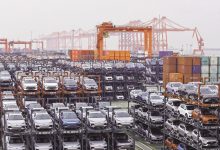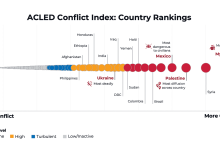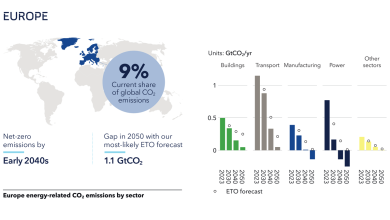Paint Market Crisis: Oil Derivatives Affected by the Oil Price
Paint producers are facing an unprecedented crisis. For almost two years, the repeated lack of raw materials disrupts the production chain. At the same time, prices have increased, leading to a significant increase in production costs. These market tensions lead to cascading increases for all components. The manufacture of paint that uses petrochemicals on a large scale causes all oil derivatives to be affected by the increase in the price per barrel. And nothing suggests an improvement before the end of 2022, specialists say.
The first difficulties occurred during the Covid-19 crisis, when, due to spending time at home, many people began to undertake renovation work. This sudden increase in demand has destabilized the market. Faced with this pressure, suppliers – especially chemical manufacturers – were forced to arbitrate, favouring big customers, such as the construction sector, rather than the small industry, a niche market representing up to 40,000 tons per year.
Titanium dioxide, a scarce commodity
The first material affected by the deficit: titanium dioxide, a white pigment widely used in road paints for reflective qualities. China, the main global producer, has significantly reduced its deliveries during the Covid-19 crisis: closed factories, suspended transport. Titanium dioxide has become a scarce commodity. Customers resorted to European producers and the price of this raw material has increased.
While one ton was traded for EUR 2,100 in 2016, the price increased to EUR 2,650 in the first quarter of 2021, to reach EUR 3,600 in April 2022. However, titanium dioxide accounts for 5% to 20% the weight of a kilogram of paint and up to 40% of the price of a formula.
The cold snap that hit Texas during the winter of 2021 blew up all the pipes of America’s largest resin factory. Outcome: three months of shutdown in the middle of the soil marking season and extended delivery times in Europe. European manufacturers have been looking for alternatives, but since floor marking paints are certified, the missing component needs to be replaced with another product with exactly the same chemical characteristics. A new certification is needed, process that can take two years.
Fire in Poland, serious supply difficulties on the European market
A Polish factory that produced the hardener used for cold plasters suffered a fire and was completely closed. Hence the serious supply difficulties on the European market. Suppliers faced several industrial incidents due to overheating related to global recovery. Producers used their factories at full capacity, postponing the maintenance periods to meet the demand. Some of them suffered major failures, further disrupting an already affected production chain.
Suppliers invoke force majeure
The lack of raw materials regularly determines suppliers to declare themselves in ‘force majeure’ situation, a legal provision that allows the suspension of operation of a contract in case of major events beyond their control, without suffering delay penalties. Failing to deliver, paint manufacturers are in turn in ‘force majeure’ for some of their products.
Companies in the sector hoped for a relaxation at the end of 2021, with the Covid-19 crisis more or less behind. But this did not happen. Many raw materials remain ‘under allocation’, i.e. subject to quotas at the same order level as in the previous year. Suppliers, under pressure for months, did not manage to complete their stocks and, therefore, limit their deliveries.
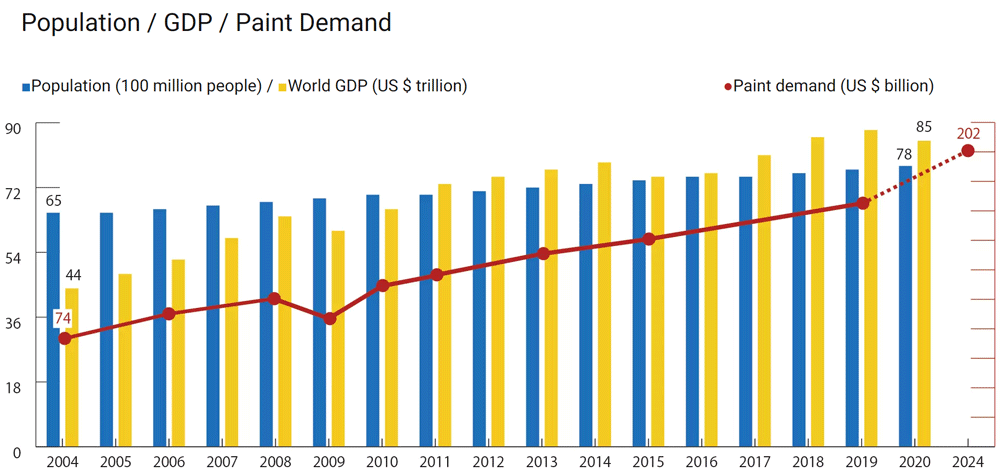
Prices explode
For example, the price of methyl ethyl ketone went up from EUR 930 per ton in October 2020 to EUR 1,950 in December 2020 and EUR 3,713 in April 2022.
In turn, methyl methacrylate went from EUR 1,725 in June 2020 to EUR 2,755 a year later and EUR 3,625 in April 2022.
Solvent-based paints are widely used for road marking (70% of the market compared to 30% for water-based paints), as they offer a wider range of use, from February to November compared to April-October for water. But the solvent price has shaken the producers’ finances: it now accounts for 30% of the paint cost compared to 20% before the oil boom.
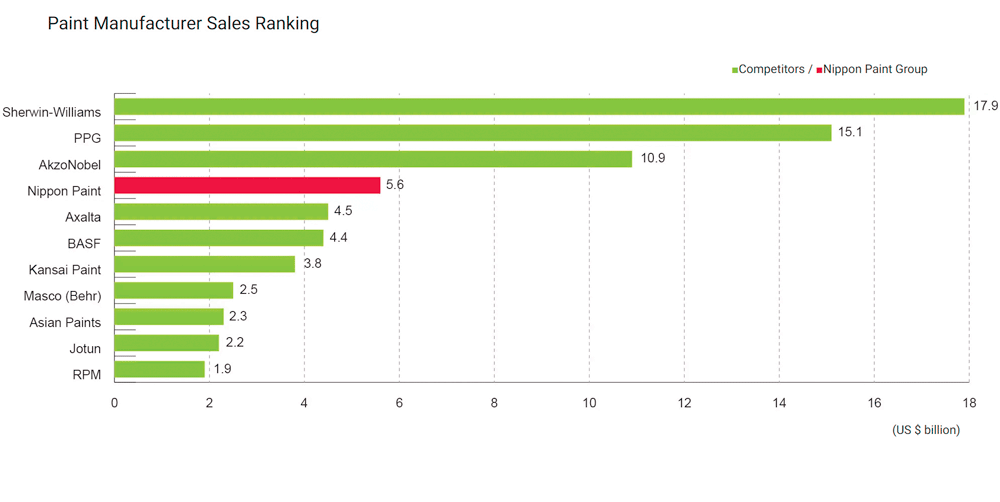
Entire production chain affected
The price boom also affects packaging. Paints are delivered in barrels or metal boxes stored on wooden pallets. However, the price of metals increased in 2021. Within a year, the price of metal packaging increased by 50%. The same trend for wood for pallets, imported mainly from Ukraine: between December 2021 and April 2022, the price per ton increased from EUR 335 to EUR 506 due to the war with Russia. Energy is no exception from these increases. Rising gas prices harm the energy-intensive industries, such as the manufacture of glass beads used for reflective paints. Gas consumption accounts for one third of their cost price.
As for road transport, it bears the brunt of fuel price increase combined with the conflict in Ukraine, which deprives companies of the Ukrainian drivers who have gone to war. The price of some products surged by 15% to 20%, from transport alone.
Snowball effect
Certain substances essential for the manufacture of paints, glues, inks, coatings, varnishes, and other mixtures for the automotive, construction or even aeronautical sectors are no longer available today, or under extremely strict conditions.
“This disruption of paint supply in the construction industry slows down construction sites. Each profession is interdependent, which creates a snowball effect,” says Gilles Richard, General Delegate of FIPEC France (Federation of Paints). “Our members will have increasing difficulties in supplying their customers”.
Spread on a European scale, this crisis has been going on for some time and is hurting companies struggling to supply the chemicals they need for their production.
“The crisis partially comes from China, where the country preferred to supply the domestic market, which led to raw material shortage rising container prices, but also from Texas and Germany with industrial sites in maintenance,” explains Gilles Richard.
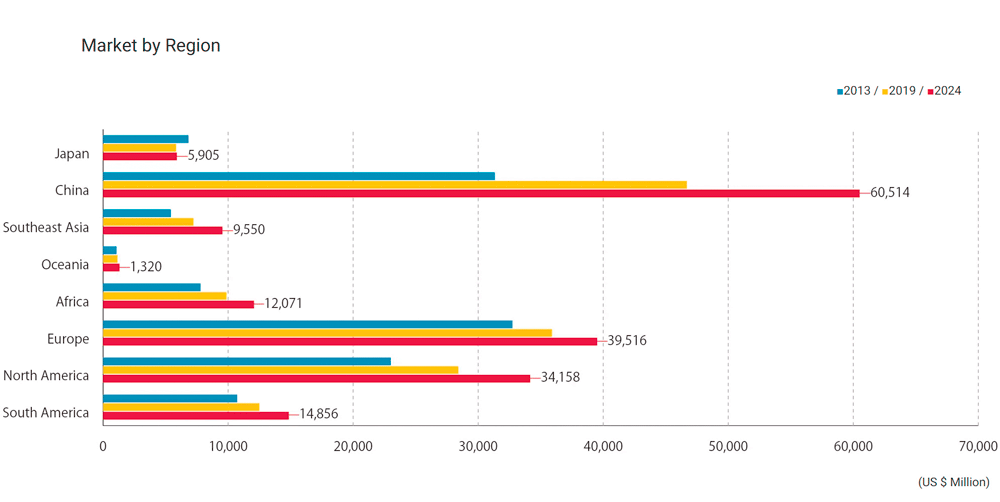
Increase in product prices by up to 150%
The suppliers activated force majeure clauses and there were delays in delivery, making the availability of finished products unstable. General increase in the prices of raw materials unavoidably leads to a very large increase in the cost price of chemical mixture products, and prices can sometimes increase by up to 150%.
Meanwhile, companies have no choice but adapt, by creating new formulas. A limited method that requires a change in product labelling while the professions are highly regulated in terms of health and the environment.
Economic storm in the sector of expanded polystyrene insulation
As other players in the construction sector, polystyrene insulation producers have been in a delicate situation since the spring of 2021. Prices of expanded polystyrene insulation (EPS) have also exploded, and the delivery times are ever-increasing. This lightweight material has enjoyed a particularly strong demand on the Old Continent since last year. But now the Russian-Ukrainian conflict has aggravated the situation.
Specifically, the sector is struggling to supply, facing difficulties since the first half of 2021. At that time, the Covid-19 pandemic, the cessation of polystyrene production in Europe and the freezing of petrochemical activities in the United States led to a lack of availability of raw materials needed to manufacture insulation. This is the case of styrene, this polymerized raw material for the production of polystyrene. Moreover, the main European producer of styrene monomer is facing a major production accident and ceased operations in February, and US production is only at a third of its capacity. Between October 2020 and February 2021, prices increased by almost 50%. Last month the price further increased by 48% – a doubling in six months.
Expanded polystyrene: prices doubled in 18 months
To these allocations of volumes and phenomena of production saturation, the conflict between Ukraine and Russia has added, in recent weeks, two important factors: the rise in the price of oil, from which comes the essential raw material for the manufacture of polystyrene; the rising energy costs required to produce and transport styrene beads and polystyrene insulation.
Today, the number one concern is inflation, and this could result in a situation of deficit, because not all producers have integrated the production of styrene monomer, and some have preferred to reduce their volumes.
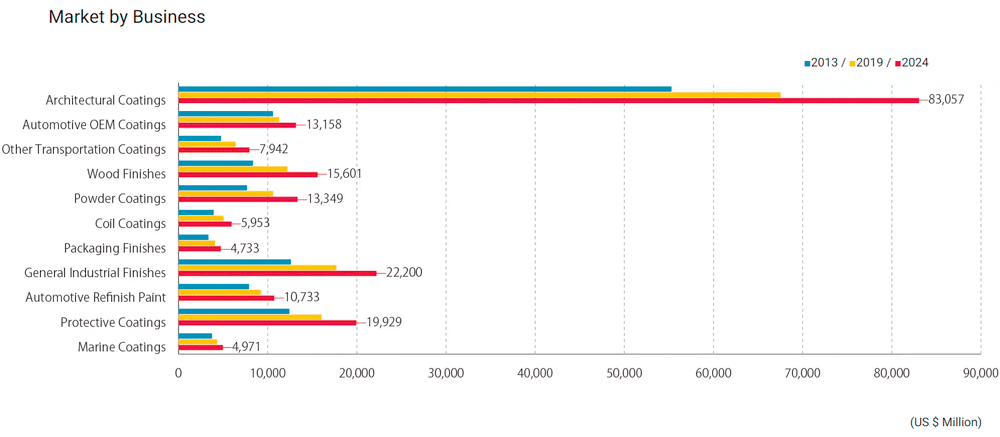
An increase by over 15% in the price of raw materials in Romania
Producers in the Romanian market for varnishes and paints are facing an increase by over 15% in the price of raw materials, warns the Romanian Paint Industry Association (AIVR).
The difficulty of supplying raw materials is one of the big problems faced by the construction industry since last year. There are also constraints on the availability of packaging and raw materials, combined with peaks in demand for products that have severely affected capacity across the industry.
In addition to paints, the biggest increases are seen in OSB boards (plus 103% compared to last year), rectangular tubes (plus 118%) and sandwich panels (plus 121%). At the same time, a brick came to cost over RON 10, compared to RON 7.4 a year ago, a square meter of pavement costs RON 67.1, from RON 41.3 in the spring of 2021, and a kilogram of reinforced concrete is now RON 6.95, 88% more expensive than in March 2021.
The local construction industry expects new price increases for steel in the wake of the war in Ukraine, a country that was a major supplier to Romanian companies. However, companies believe that the impact will not be very strong, having alternatives in other countries, such as Turkey, Greece, Bulgaria, and the Republic of Moldova. Transport accounts for 10% of the price of construction materials and bitumen – an essential material for infrastructure – reached a 50% increase in price today compared to last year’s average. As far as plasterboards are concerned: 70% or 80% of plasterboard production is based on the residues resulting from the burning of coal in thermal power plants and only the rest on the extraction from gypsum quarries.
The Vice-President of the Employers’ Federation of Building Companies (FPSC) Constantin Irinel Gheorghe showed that the current raw material crisis is one of the three factors that generated the increase in prices. Other factors that determined this upward price evolution are the increase in the price of electricity and natural gas and transport.
“The causes of these unprecedented increases are the following: now there is a raw material crisis, generated primarily by the fact that certain raw materials are listed on exchanges, and here we are talking about ores and oil. The raw material crisis is also generated by the sustainability that Romania has assumed within the European Union and for this reason increasingly more production units have closed in the EU and probably in Romania as well. I will give you the example of plasterboards: 70% or 80% of plasterboard production is based on the residues resulting from the burning of coal in thermal power plants and only the rest on the extraction from gypsum quarries. Think about what the closure of thermal power plants means, from this perspective alone. Another cause would be the unprecedented increase in electricity and natural gas prices. We are talking today about significant growths, in the context where the Romanian state is shareholder in many of the energy producers. A third cause would be transport, with all the things that accumulate at a given time: the price of fuel, high insurance prices, MTPL or CASCO. In the price component of a product, of a construction material, the transport starts to account for over 10%”, explained the Vice-President of FPSC.



